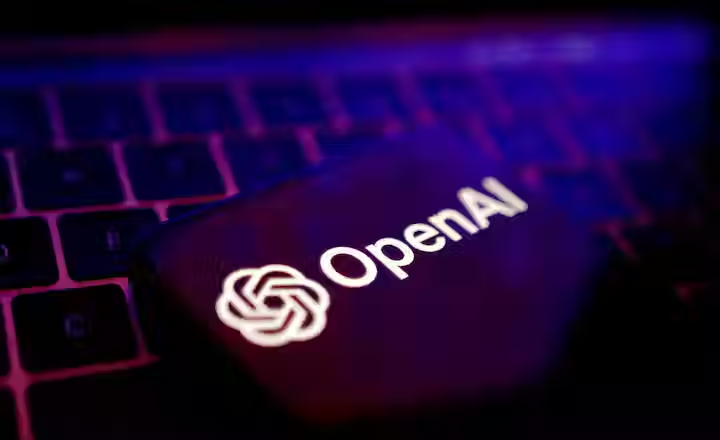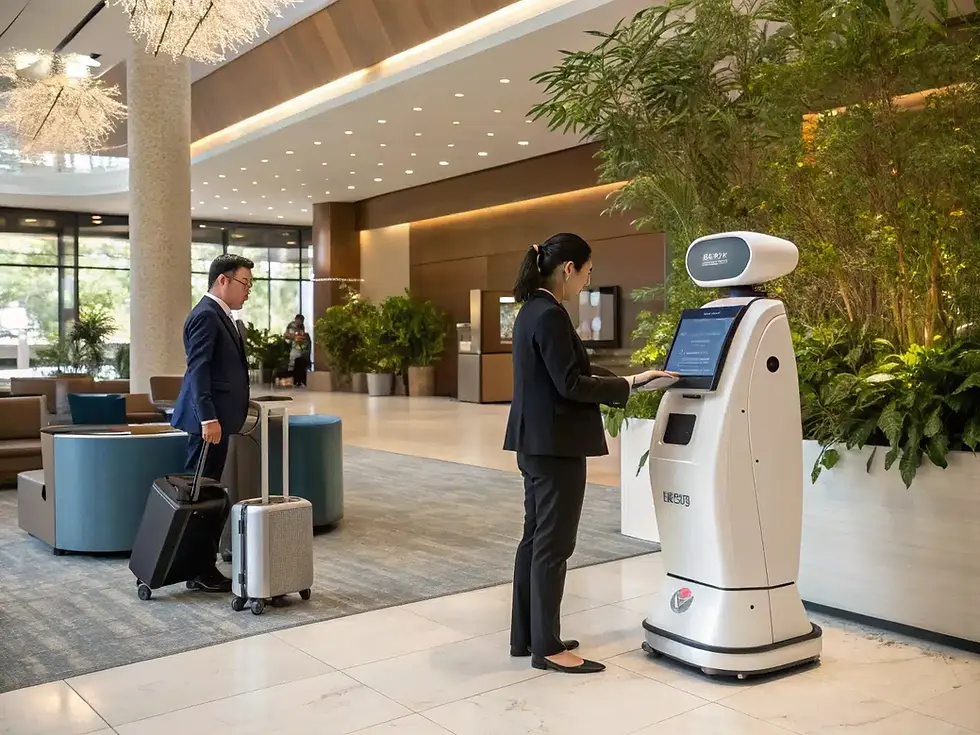OpenAI's Open-Weight Models: Your Gateway to Hands-On AI Learning
- David Hajdu

- Aug 6
- 5 min read
Updated: Sep 11

The most effective way to master AI isn't through theory alone, it's by getting your hands dirty with the technology itself. OpenAI's recent release of their first open-weight models
The most effective way to master AI isn't through theory alone, it's by getting your hands dirty with the technology itself. OpenAI's recent release of their first open-weight models since 2019, gpt-oss-120b and gpt-oss-20b, creates an unprecedented opportunity for professionals to learn AI through direct, hands-on experience. For the first time in years, you can run enterprise-grade AI models directly on your own hardware, transforming how we approach AI education and skill development.
The Learning Barrier That Just Disappeared
Traditional AI learning has always faced a fundamental barrier: the disconnect between studying AI concepts and actually working with AI systems. You could read about neural networks, watch tutorials about prompt engineering, and complete online courses, but accessing powerful AI models required cloud services, API costs, and constant internet connectivity. OpenAI's open-weight models eliminate these barriers entirely.
Why gpt-oss-20b Changes Everything for Learners
The gpt-oss-20b model is particularly revolutionary for learning purposes because it runs efficiently on consumer hardware, including MacBooks, while matching the capabilities of OpenAI's o3-mini model for coding and reasoning tasks. This means AI learners can now experiment, iterate, and build with enterprise-level AI without ongoing costs or cloud dependencies.
"The best way to understand AI is to work with it directly. Open-weight models make that possible for everyone."
The Hands-On Learning Revolution
Unlimited Experimentation Without Limits
Consider the learning advantages this creates. Instead of making API calls and managing usage limits, learners can run unlimited experiments. They can modify prompts, test different approaches, and understand AI behavior through continuous interaction. The model responds instantly because it's running locally, creating a feedback loop that accelerates learning dramatically.
From Theory to Practice: The AI Officer Advantage
For professionals looking to Become an AI Officer, this hands-on experience becomes invaluable. Understanding how AI models actually behave, their strengths and limitations, and how to optimize their performance isn't just theoretical knowledge, it's practical competency that organizations desperately need.
Technical Skills Through Real Implementation
Learning by Building: Setup as Education
The technical setup process itself becomes a learning experience. Installing and configuring gpt-oss-120b or gpt-oss-20b teaches fundamental concepts about model architecture, hardware requirements, and system optimization that traditional AI courses often skip entirely.
Privacy-First AI Development
What makes this particularly strategic for business professionals is the privacy and security advantages. Learning to work with local AI models means understanding how to implement AI solutions that keep sensitive data in-house. This knowledge directly translates to competitive advantages in industries where data privacy isn't just preferred—it's legally required.
Strategic Career Development Through Local AI
The Perfect Timing for AI Professionals
The timing couldn't be better for career development. As organizations increasingly recognize the need for internal AI expertise, professionals who can work confidently with both cloud-based and local AI models position themselves as versatile technical leaders.
Join the AI Officer Institute to develop these critical skills through structured learning programs designed for business professionals.
Building Competitive Advantage
Organizations benefit when their teams understand both deployment models. Cloud-based AI for scale and collaboration, local AI for privacy and autonomy. This dual competency becomes a significant competitive advantage in an increasingly AI-driven business landscape.
Getting Started: Your Next Steps
If you have a Mac, you can download and begin experimenting with gpt-oss-20b immediately. For PC users, keep an eye on Hugging Face for compatible alternatives, or wait for ChatGPT's upcoming integrations. The key is to start building hands-on experience now, while this technology is still emerging.
The future belongs to professionals who understand AI through direct experience, not just theoretical study. Open-weight models make this level of practical competency accessible to everyone, regardless of budget or organizational resources.
Frequently Asked Questions About OpenAI's Open-Weight Models
What exactly are OpenAI's open-weight models?
OpenAI's open-weight models are AI models whose trained parameters (weights) are publicly available for download and use. The gpt-oss-120b and gpt-oss-20b models can run entirely on your local hardware without requiring internet connectivity or API calls to external servers.
How do gpt-oss-120b and gpt-oss-20b differ from ChatGPT?
While ChatGPT runs on OpenAI's cloud servers and requires internet connectivity, gpt-oss-120b and gpt-oss-20b run locally on your device. This means complete data privacy, offline functionality, no usage limits, and no ongoing costs, but potentially lower performance than the latest cloud-based models.
What hardware do I need to run these open-weight models?
The gpt-oss-20b model can run on modern MacBooks with sufficient RAM (16GB recommended). The larger gpt-oss-120b model requires more powerful hardware like high-end GPUs or specialized AI accelerators. Most professionals can start learning with the 20b model on consumer hardware.
Are open-weight models suitable for business use?
Yes, open-weight models are excellent for business applications requiring data privacy, offline functionality, or cost control. They're particularly valuable for regulated industries like healthcare and finance where data cannot leave local infrastructure.
How do I get started with OpenAI's open-weight models for learning?
Start by checking your hardware compatibility, download the model weights from official OpenAI sources, install appropriate software frameworks, and begin with simple experiments. Consider joining structured programs like the AI Officer Institute for guided learning.
What are the cost implications compared to cloud-based AI?
Open-weight models have no ongoing usage costs once downloaded, unlike cloud-based services that charge per API call. However, you'll need to provide your own computing hardware and electricity. For heavy users, this often results in significant cost savings.
Can open-weight models help me become an AI Officer?
Absolutely. Becoming an AI Officer requires hands-on experience with AI technologies. Open-weight models provide unlimited experimentation opportunities, helping you develop practical competency with enterprise-grade AI tools without budget constraints.
How do open-weight models handle data privacy?
Open-weight models provide complete data privacy because all processing happens locally on your device. No data is sent to external servers, making them ideal for working with sensitive business information, personal data, or confidential documents.
What programming skills do I need to use these models?
Basic programming knowledge is helpful but not required to start. Many tools provide user-friendly interfaces for gpt-oss-20b and gpt-oss-120b. However, some technical setup is required, which itself becomes valuable learning experience.
How do open-weight models compare to other local AI solutions?
OpenAI's open-weight models are among the most capable local AI solutions available, matching the performance of cloud-based models like o3-mini while running entirely offline. They represent a significant advancement in local AI capability.
What industries benefit most from open-weight models?
Healthcare, finance, legal, government, and any industry with strict data privacy requirements benefit significantly from open-weight models. However, any organization wanting to reduce cloud dependency or API costs can benefit.
Will open-weight models replace cloud-based AI services?
Open-weight models complement rather than replace cloud-based AI. They're ideal for privacy-sensitive tasks, offline work, and unlimited experimentation, while cloud services remain best for the most demanding tasks and latest model capabilities.



Comments